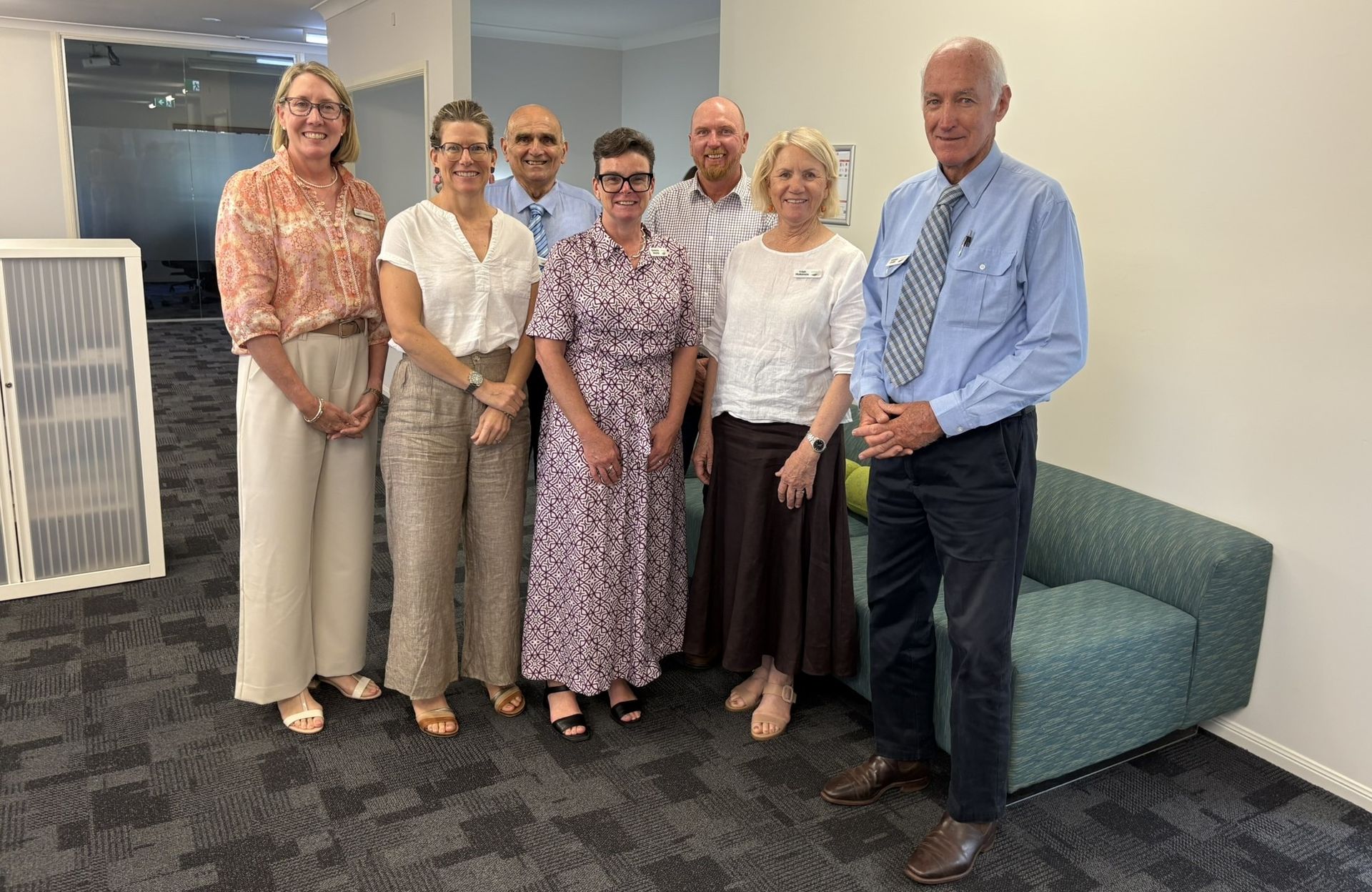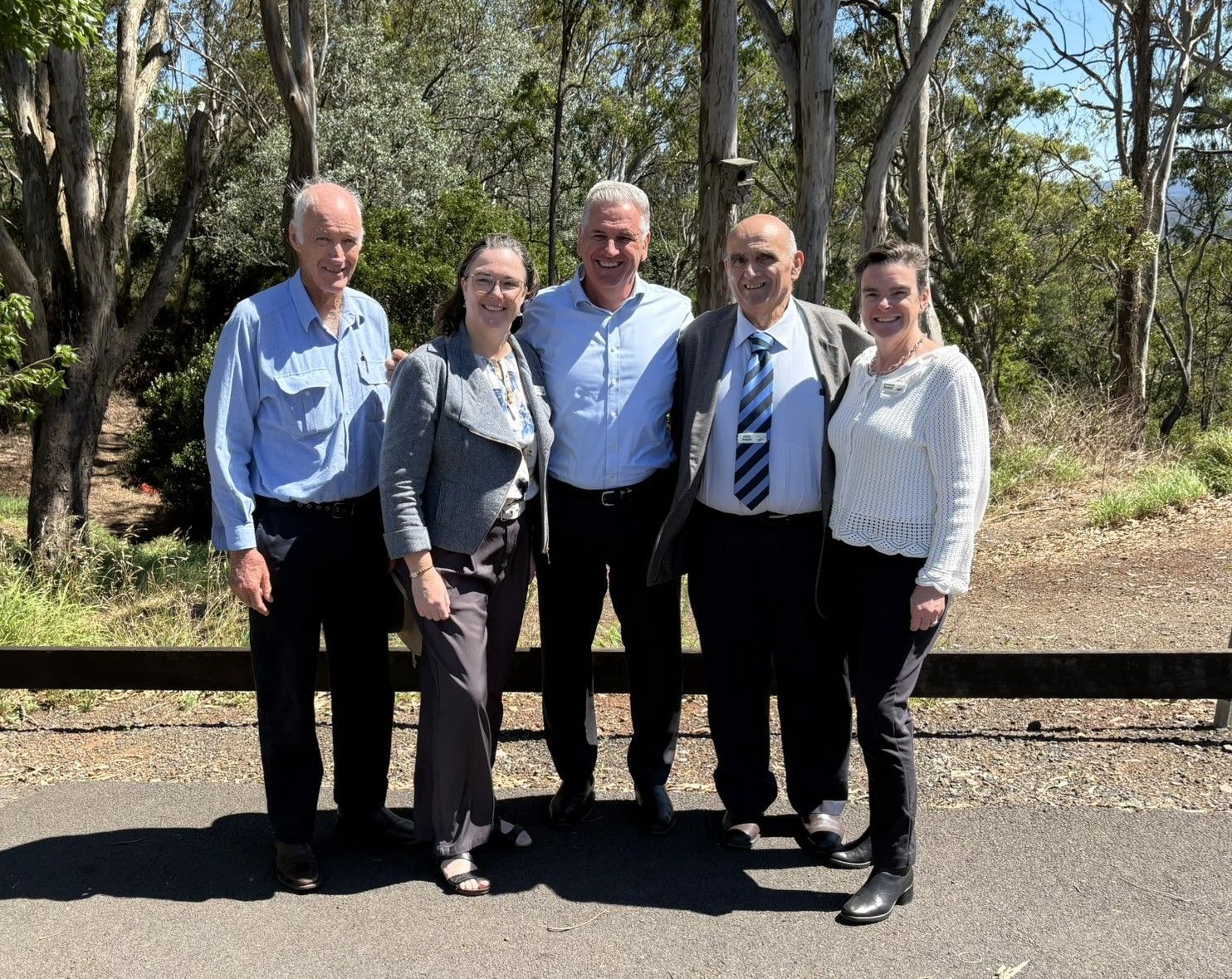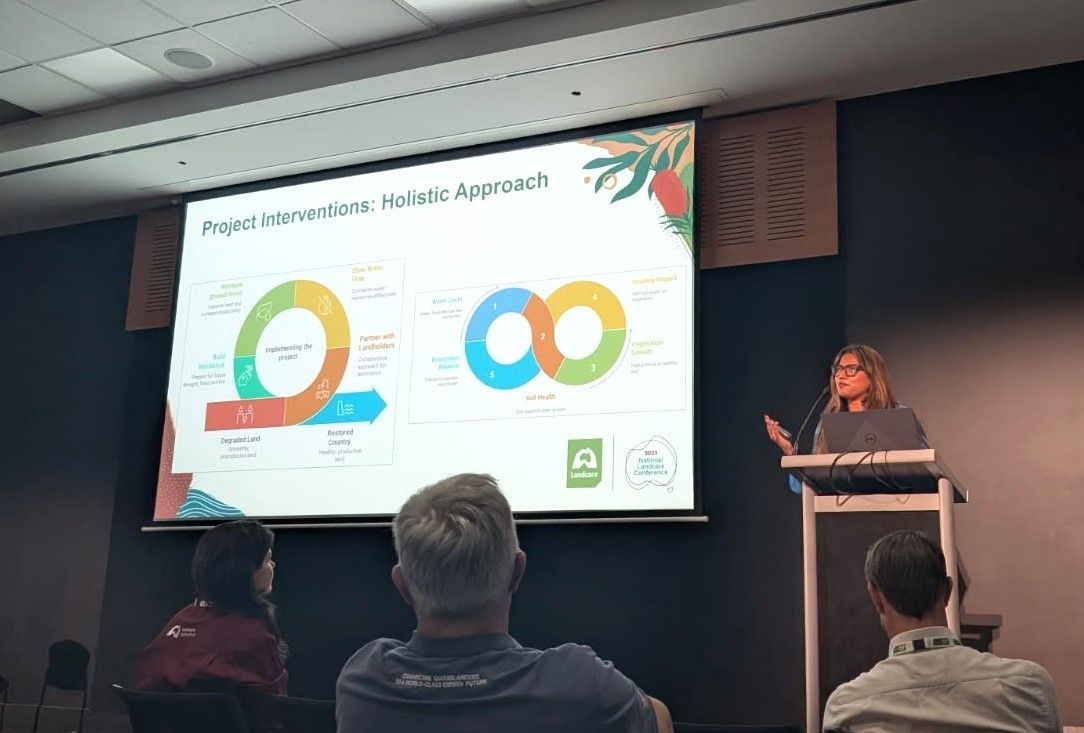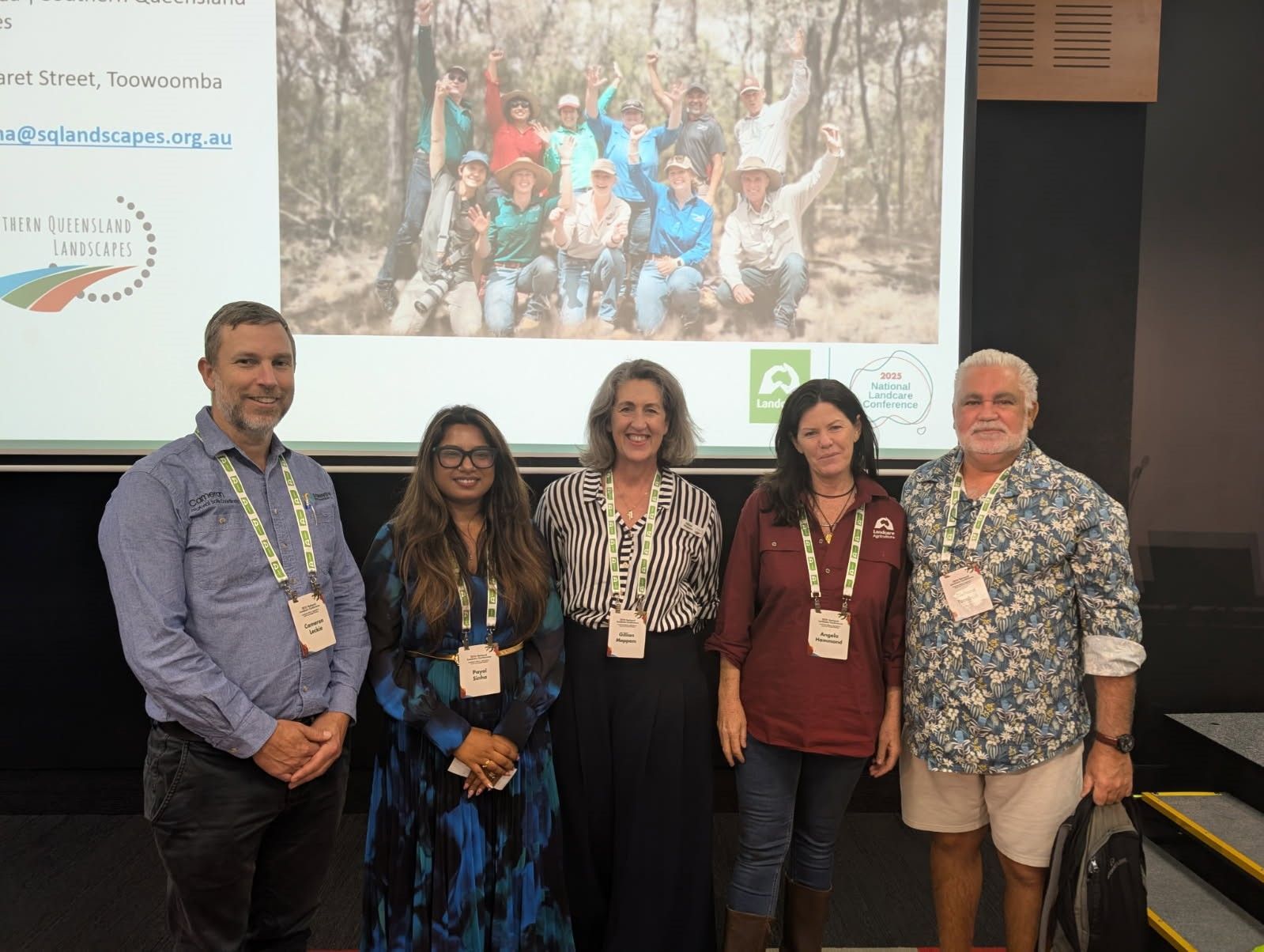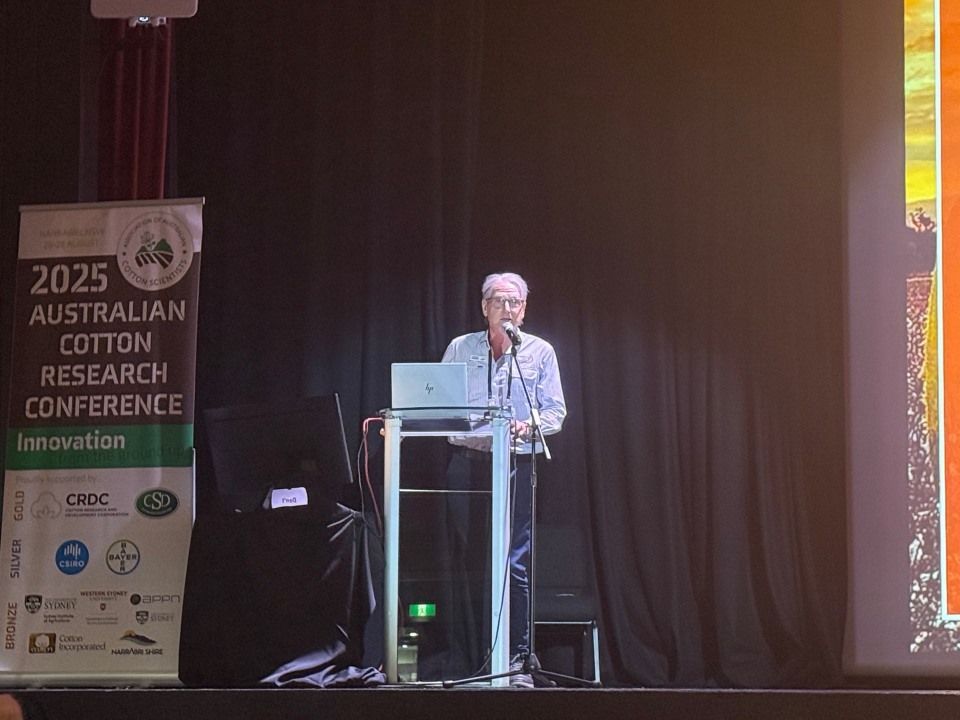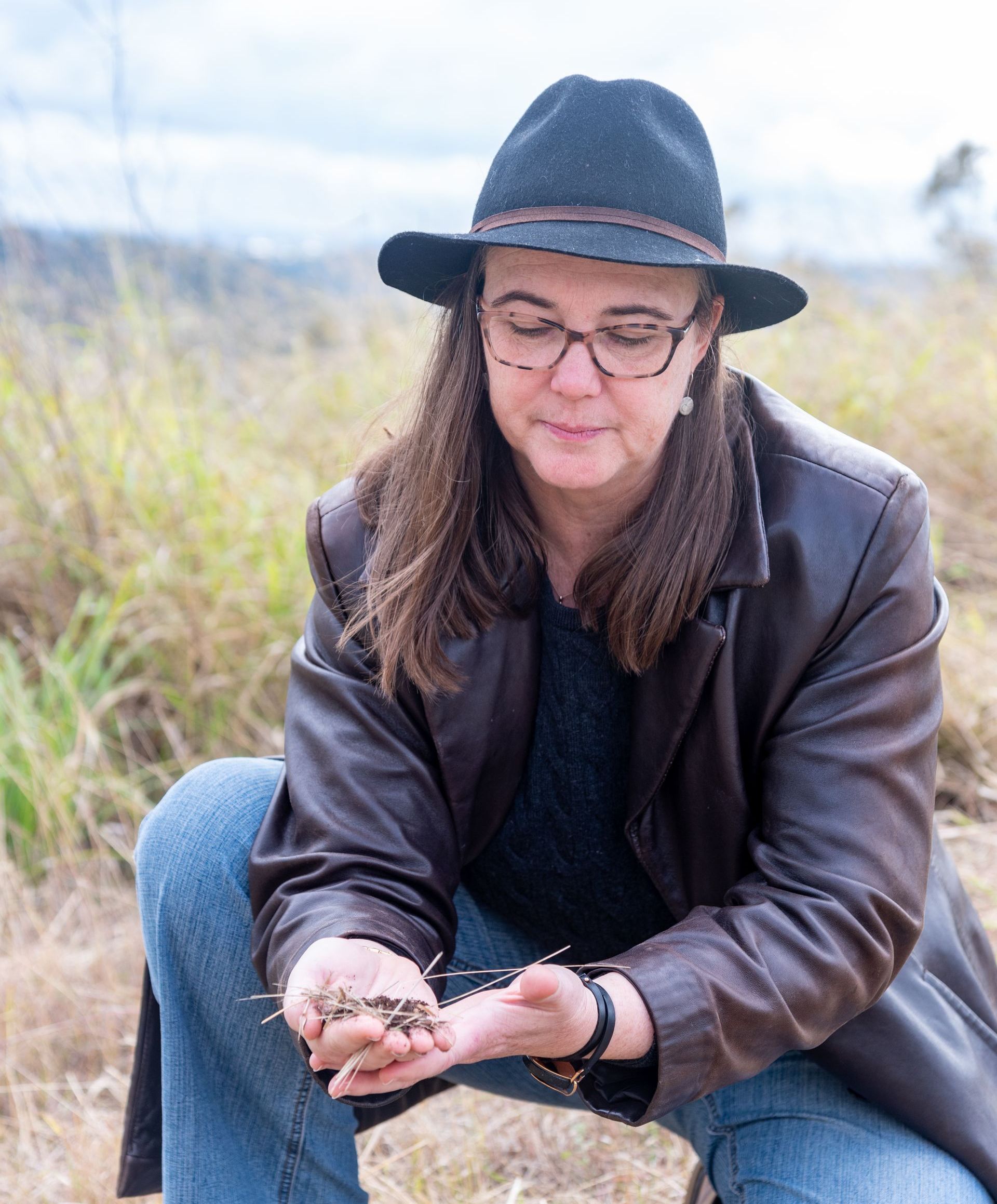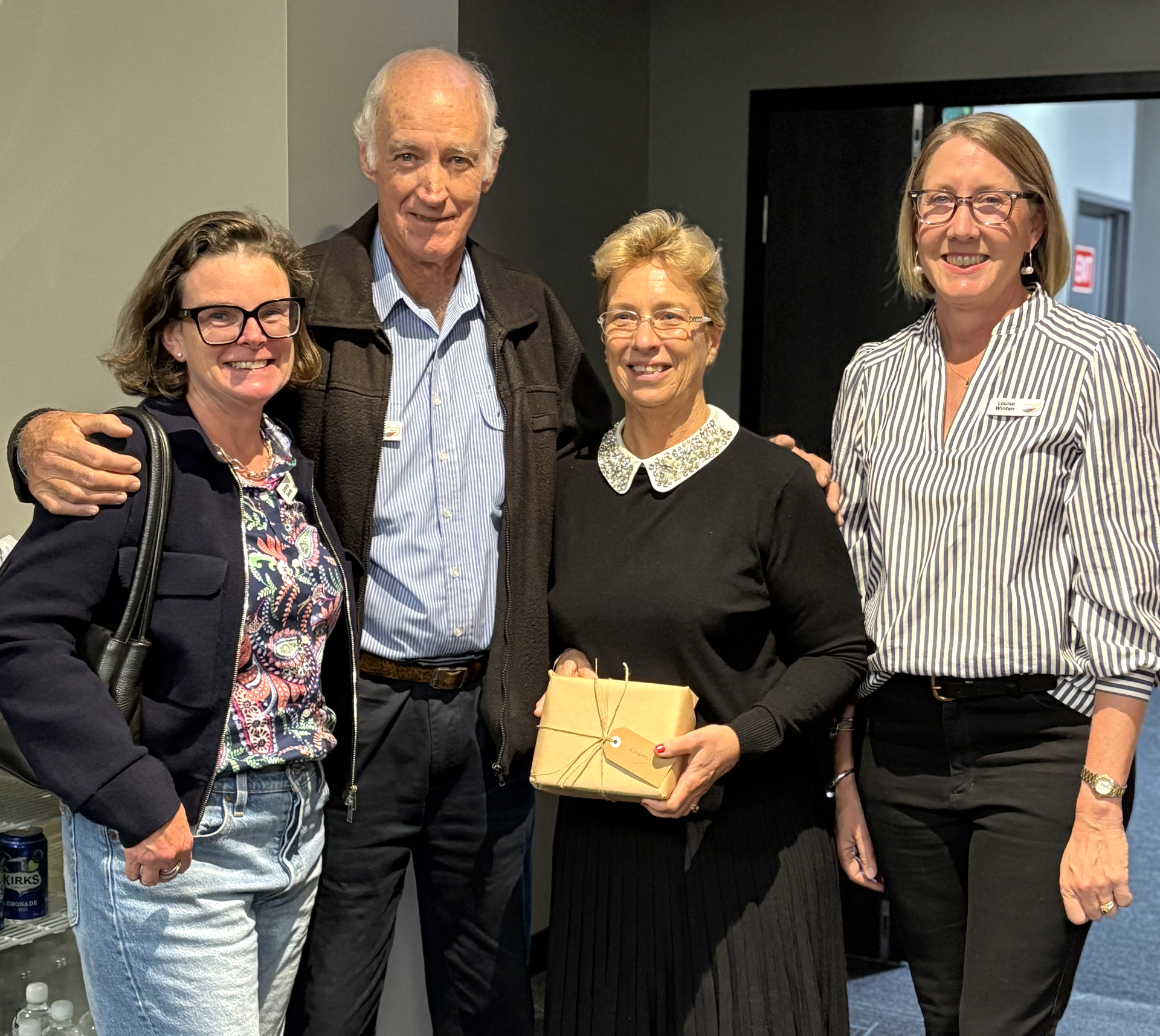Australia’s national feral deer population is estimated at around 2-million¹; meanwhile prickly pear (Opuntia spp) can impede the movement of stock and humans, displace native plants and significantly reduce the carrying capacity of pastures².
That’s the kind of conversation Brisbane based artist Ronelle Reid aims to spark through her art, with quirky combinations of miss-matched animals inviting viewers to learn more about Australia’s vulnerable species and explore the impact to the landscape from pests.
“From a very young age I became fascinated with the natural world, always wandering around museums, shelters and zoos trying to figure out my place amongst the most amazing of creatures,” Ronelle Reid said.
“But after completing an art degree with honours and during my first artist’s residency in the Philippines I quickly realised that university didn’t teach me how to make art as a business, it just taught me how to make art; so I quickly found I had to get a real job and ended up working at RSPCA Queensland for 20 years,” Ms Reid said.
“During that time I learnt a lot of very practical skills and even more about wildlife, as I managed the call centre that handled RSPCA’s wildlife hospital and all the emergencies for help with injured native animals from right throughout south-east Queensland,” she said.
“Then in 2020 just before the COVID-19 pandemic hit, I decided to leave RSPCA and make art and exhibiting my full-time focus.”
One of Ronelle Reid’s recent pieces ‘I do declare’ featured a red deer and prickly pear; both declared pests in Australia.
“I find it fascinating how people don’t understand the impact of introduced species into our environment; we are an island nation and biosecurity is so important to ensure that we protect this beautiful and fragile ecosystem we call home,” Ronelle Reid said.
“People see a lantana plant or a prickly pear and they take it home and plant it, and it just fascinates me; they’re beautiful but at the same time they are so destructive and so harmful to the environment,” Ms Reid said.
“We have deer in Beaudesert and they do a lot of damage and people don’t even recognise them as a problem; so that’s the reasoning behind the piece ‘I do declare’ and the pairing of these two pests in a beautiful setting together… to spark a conversation,” she said.
When asked how she decides which animals to feature in her art, Ronelle said she draws inspiration from all around her.
“It might be a story in the news, a specific animal that has been listed as endangered; I’ve done a few koalas recently and it’s usually those kinds of things that pique my imagination and creativity,” Ronelle Reid said.
“I’m inspired by animals in our environment and our ecosystems and I ponder why they are in the environment and what makes them thrive and what the threats are to them,” Ms Reid said.
“I paint because I love the message behind the work, and I love asking people through my art to think about our world around us, when perhaps that is not something they are asked to think of or consider in their everyday,” she said
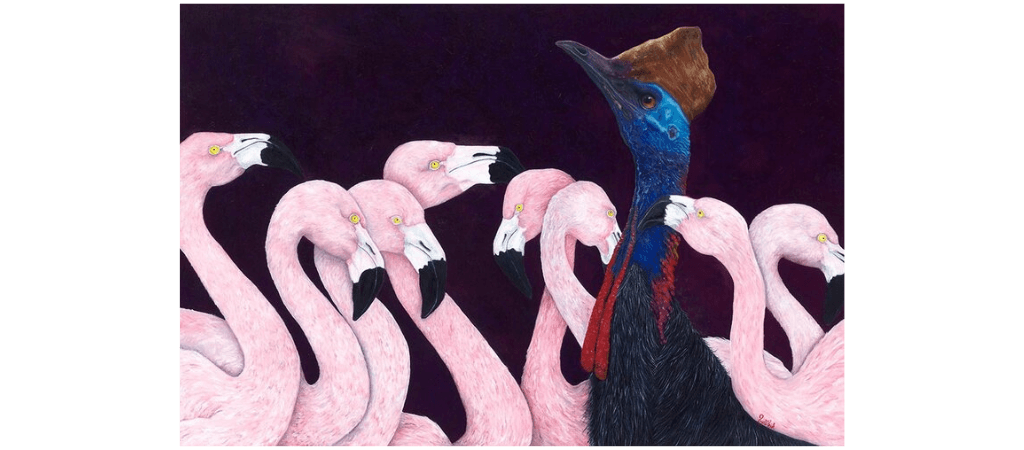
‘Always be the Frida’ by Ronelle Reid.
“I did a flock of flamingos and a cassowary; they’re such an amazing bird but they aren’t as attractive as flamingos which is why I called this piece ‘Always be the Freida’ so that people remember to always be themselves, stand out and blaze your own path,” Ronelle Reid said.
“But the cassowary is also listed as vulnerable and its population has been in decline for decades and perhaps it doesn’t get the attention it should because it can be an aggressive bird, elusive and it’s also not as attractive as a flamingo,” Ms Reid said.
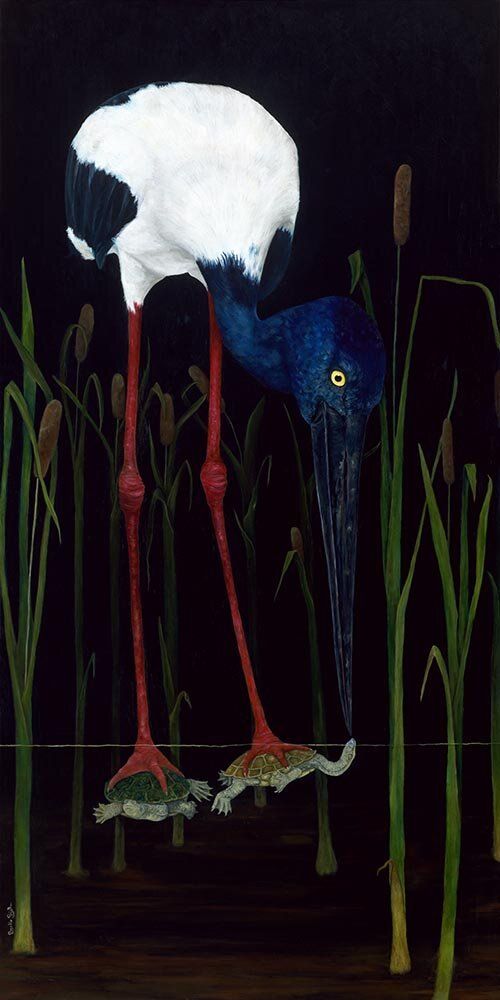
‘All in balance’ by Ronelle Reid.
“I did a piece of a stork standing on two long-neck turtles and that piece is all about the bull rushes in the background and the balance of the ecosystem; the turtles provide a great food source to the stork and the bulrushes provide a great place to hide for the turtles and without the bulrushes the turtle wouldn’t have anywhere to hide so they’d all get eaten by the storks and without the turtles the storks wouldn’t have anything to eat,” Ronelle Reid said.
“It’s a circular ecosystem and it's important that we understand that by taking one element out we could actually impact all of them and that’s why I called that piece
‘All in balance’,” Ms Reid said.
“I use to get quite cranky at the cute cuddly animals like koalas that seem to be able to attract the attention and draw the funding for assistance and I resented them a little - but now I realise it's an ecosystem and when one benefits all the other animals benefit also,” she said.
“So I look at the connections and how animals depend on each other and try to draw correlations between them so that our conversations circle around how everything we do has an impact across multiple species, multiple environments.”
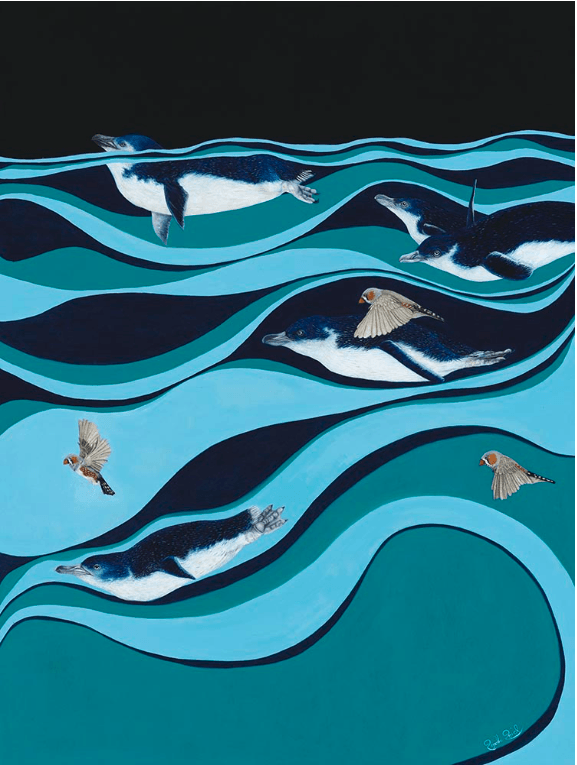
'We all soar’ by Ronelle Reid.
“I love to eavesdrop on conversations at my exhibitions and I think most of the time the common response is that people are curious and that’s what I like people to be,” Ronelle Reid said.
“These artworks are not easy to digest and if you take the title and they’re not always animals that coexist in the same habitat like fairy penguins and zebra finches flying together; they just don’t belong,” Ms Reid said.
“The best conversation I have overhead was a lady who just said ‘I don’t understand it, but I am very curious to watch it evolve and understand it and learn from it’; and I think if you give people that ability and the invitation to be curious and watch and learn and understand then that is what they will do through the artwork and a great respect and understanding for the environment will be the end result,” she said.
For more information on Ronelle Reid and to view more of her art visit
https://www.ronellereid.com/artworks
- ‘Feral deer in the headlines: Australia’s ‘slow-moving plague’ is finally being noticed’ - The Guardian Monday 5 July 2021. https://www.theguardian.com/environment/2021/jul/05/feral-deer-in-the-headlines-australias-slow-moving-plague-is-finally-being-noticed#:~:text=The%20size%20of%20deer%20populations,up%20from%2018%25%20in%202016.
- Prickly pear fact sheet provided the Queensland Government https://www.business.qld.gov.au/industries/farms-fishing-forestry/agriculture/land-management/health-pests-weeds-diseases/weeds-diseases/invasive-plants/restricted/prickly-pear
